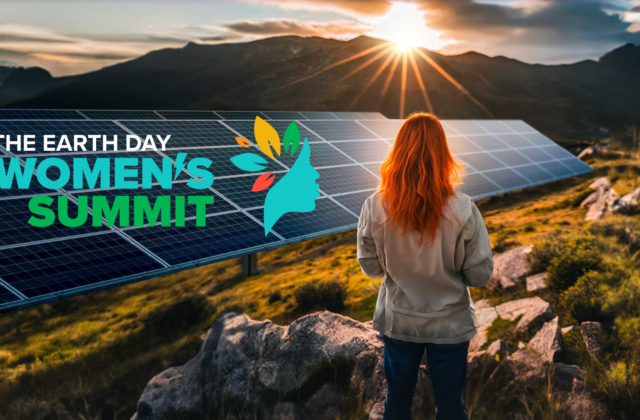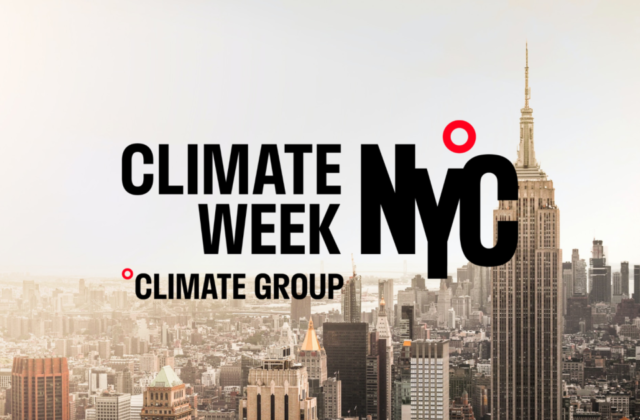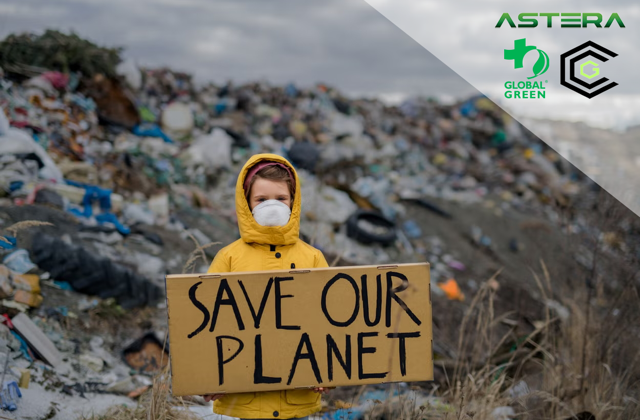
GLOBAL GREEN AUGUST 2, 2018
It is critical now, more than ever, that cities and communities build climate resilience. Environmental disasters have been sweeping the country from Santa Barbara and Santa Rosa, CA, to Houston, TX. City leaders and community stakeholders are, in response, recognizing the need to proactively think, plan, and act, in order to develop resilience in the face of an environmental disturbance. Global Green recently co-hosted a Climate Resilient Cities Symposium (alongside elected representatives, government officials, and business, foundation, and non-profit leaders) to discuss how exemplary cities are proactively addressing the challenges posed by climate change.
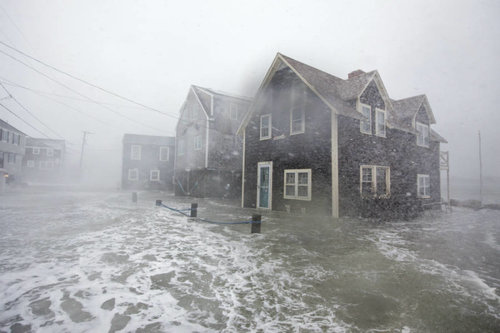
We’re planning for another resiliency symposium in 2019, where our work and impact will be featured even more prominently. This Symposium is a significant event for Global Green, given that for over 20 years we have been a national leader in advancing urban sustainability, creating more equitable, resilient, and healthy communities. Across the scope of our projects, we have taken a localized approach to increase an urban area’s sustainability and resilience to future climate issues, as demonstrated in the following examples.
Global Green has a long legacy of modeling sustainable practices for communities rebuilding from the devastating effects of a natural disaster.

In the months following Hurricane Katrina, Global Green opened an office in New Orleans and made a commitment to provide New Orleans and the Gulf Coast with the assistance needed to rebuild the area, using sustainable green building techniques. The Holy Cross Project, our cornerstone effort in the region (consisting of five LEED-Platinum homes and a Climate Action Center in the Lower 9th Ward) has become an iconic model for sustainability. It serves as a neighborhood-level demonstration site, allowing local residents to see first-hand the benefits of green building design and its features in practice. Buildings within this Holy Cross Project use 75% less energy than their typical counterparts. Global Green proudly completed the single-family homes in 2010, and we’re looking forward to the Climate Action Center opening later this year.
Global Green has applied its Sustainable Neighborhood Assessment tool and program in over 30 communities across the United States, including Sandy-devastated Hoboken, NJ, and Staten Island, NY.
The Sustainable Neighborhood Assessment (SNA) tool and program provide a framework for sustainable community improvements – particularly in disadvantaged areas or those vulnerable to climate-related disasters. During the SNA process, the Global Green team will work with community members to identify both a neighborhood’s positive qualities and its most pressing challenges. The team then makes recommended changes (both physical and policy-based) in order to increase the sustainability of the neighborhood. These recommendations are based on the combined findings from a walking tour, the application of the assessment tool, and a consultation with community stakeholders and members of various city departments. The participating 30 communities have leveraged Global Green’s technical assistance and recommendations to secure an estimated $280 million to fund sustainable improvements. To read more about the SNA tool, read our report here
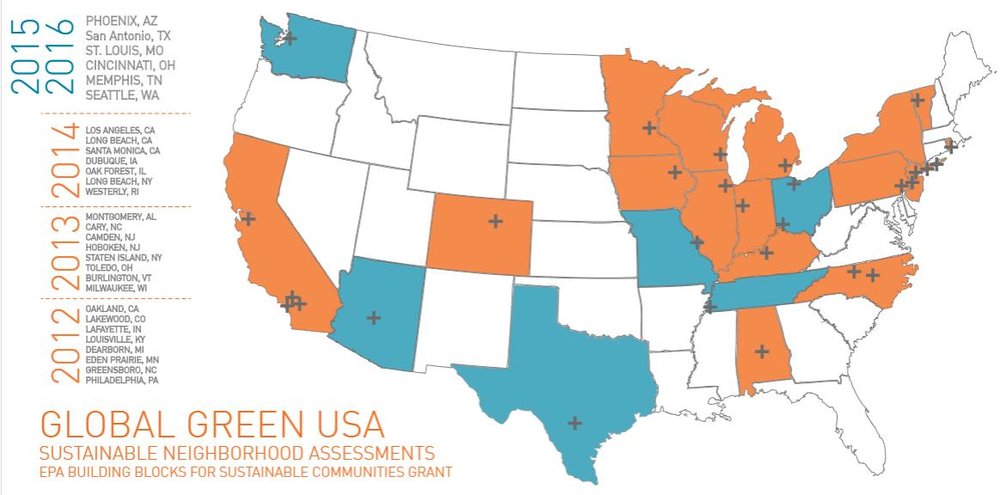
Following Superstorm Sandy, we have continued our Global Green legacy of resilient rebuilding, bringing our urban sustainability expertise to the New York area through our Solar for Sandy initiative.
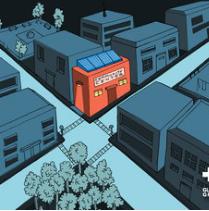
This effort is dedicated to creating spaces of refuge for community members during weather-related events. The spaces, called “Neighborhood Resilience Hubs,” are centrally located within – and identified as trusted spaces by – the communities, designed to provide emergency light and cell phone charging stations during a crisis. Through this initiative, Global Green installed the first ever solar with battery backup system in New York City at the Red Hook Recreation Center, and aims to develop two more hubs in the area. Learn more about our Solar for Sandy initiative here.
As an area of emerging work, Global Green is currently researching, at a national and global level, best practices for management of storm-water and soil specifications. Global Green is seeking additional partners to build out this program and network.
This project falls within the broader band of organic waste and food waste management. Potential resilience applications include the use of micro-digesters as a resilient power source and the use of food donations as part of an overall food waste diversion program. Such a program would serve as a much-needed framework during times of crisis. This is an emerging area and we welcome collaboration.
As these examples demonstrate, Global Green has a long legacy of supporting communities to improve resilience at the neighborhood level. As more cities and communities decide to look at strategies for improving their resilience, we will continue our efforts to assist in the development and implementation of community-based projects. We invite you to join us for the Climate Resilient Cities Symposium in Dallas in April 2019, in which we will identify innovative best practices and resources, helping cities deploy ‘smart’ technologies, access federal funding programs/tax incentives, and develop planning methods. Our goal is to help cities become more resilient and thrive in the face of a complex, uncertain, and ever-changing future.
A Look Ahead: Upcoming Resiliency Projects and Activities for Global Green
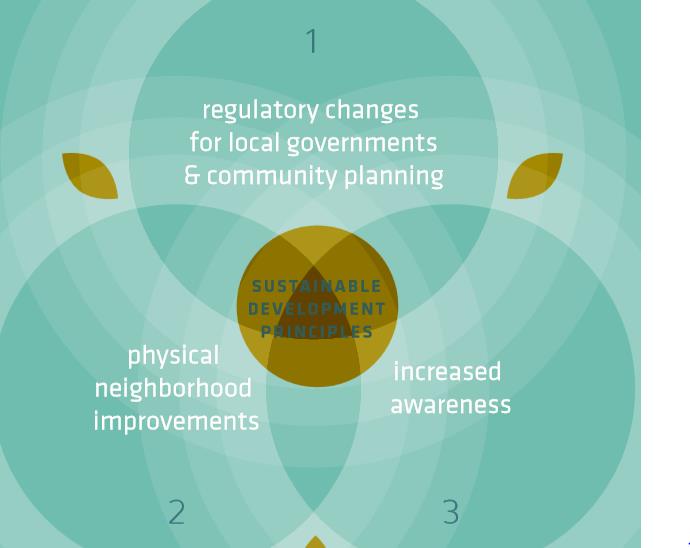
Building and measuring impact is essential in the process of overcoming our climate and environmental crisis. To do our part, Global Green has outlined a series of impact goals below for 2018-2019:
Global Green Impact Goals
August 2018 – April 2019
Environmental and Community Impact Goals Measured by:
- Millions of dollars in resilient infrastructure funding leveraged by cities as a result of collaborative policy action and urban planning efforts. Our work aims to build city level resilient and sustainable policy improvements, project actions or municipal zoning changes.
- Number of resiliency hubs to be completed, ready to host emergency and relief workers for the 48 critical hours following extreme weather events. Buildings can generate over 60 kWh of resilient power during a 48-hr period to power critical needs (cell phone charging, medication refrigeration, etc.).
- Thousands of people trained or educated, with carrying out Global Green’s mission in urban sustainability and city resilience.
- Pounds of food waste diverted from landfills.
Global Green’s impact consists of that which is qualitative and that which is not yet quantitatively measured. Qualitative impacts include greater empowerment of community leaders, improvements to government program design, reduced exposure to toxic pollutants and an overall increased quality of life for underserved communities.
Project Initiatives to Build Impact
Below is an outline of the current Global Green projects for 2018-2019 that serves to maximize both our organizational impact and that of our partners. These steps reflect the best practices as identified through our work within resilient and sustainable communities, to both increase awareness and empower communities in the US and internationally.
Increasing Resilience in Communities
a) Green Urbanism & Sustainable Neighborhood Assessment (SNA)
- In 2018-2019, our focus will remain on underserved communities and those exposed to future environmental threats (coastal, drought-conditions, etc.). Target communities will include those impacted by Harvey and Maria.
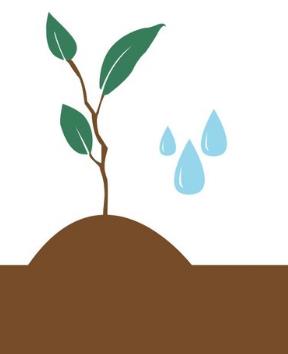
b) Responsible Materials Management and Resilience
- Global Green is currently working on projects in resilient & responsible waste management (including recent work with Southern California Gas—managing, directing, and implementing projects in soil, food, and compost within cities).
- Follow successful work in New York and California, our team is now adapting the resilience program to serve the areas impacted by Hurricane Maria and Hurricane Harvey
c) Resilience and Community Building for Water Management in the Gulf Coast
- Global Green currently engages city residents in a variety of water management workshops through our Water Wise NOLA partnership.
- Global Green is seeking to work with its partners in evaluating the potential to adapt and refine our community resilience education model for coastal communities within Texas (such as Houston or Port Arthur – both recently impacted by Hurricane Harvey).
Expanding Resilience Education and Demonstration Projects
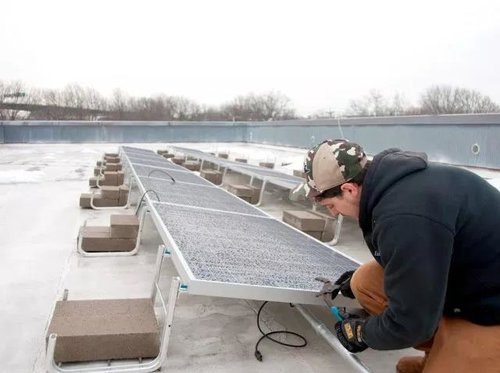
a) Solar Resilience
- Our resiliency hubs initiative aims to serve low-income residents in areas hit by Hurricane Sandy by improving their community facilities with grid-tied, back-up solar energy systems. The first three projects have been completed: Rockaway Beach Surf Club, Red Hook Recreation Center, and Church of God Christian Academy. We’re currently aiming to complete the fourth resilience hubs project in the fall/winter of 2018.
- The success of this model highlights the importance of approaching disaster preparedness innovatively, with the goal of improving electrical infrastructure in order to create a more resilient and environmentally-sound energy network.
b) Climate Action Center and Resilience Hub
- The Climate Action Center (CAC) is pending completion in late Fall-winter of 2018. The LEED-certified community center, located in the 9th ward of New Orleans, will serve as a resilient education and community space. In addition, the center can be used as a resilience hub in the case of an electric grid outage.
- CAC programming includes workshops in environmental education and literacy. It also plans to utilize the green features for interactive educational use.
In all of these activities, Global Green will work to advance policy where possible, particularly in DC, whilst collaborating with Green Cross International to build global project opportunities.
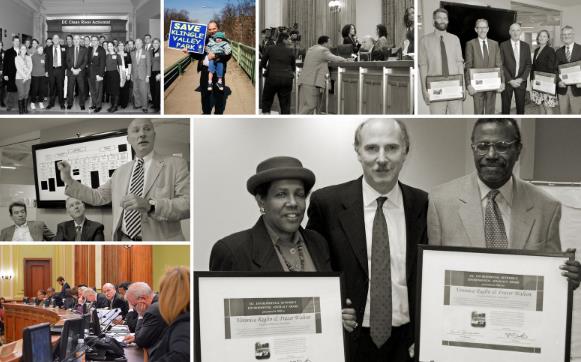
Join us at this critical time. Now, more than ever, that cities and communities build climate resilience. To learn more about how you get involved contact us at [email protected]. To learn about media/communications, design and engineering volunteer opportunities, and events happening in your city visit Global Green’s website.


